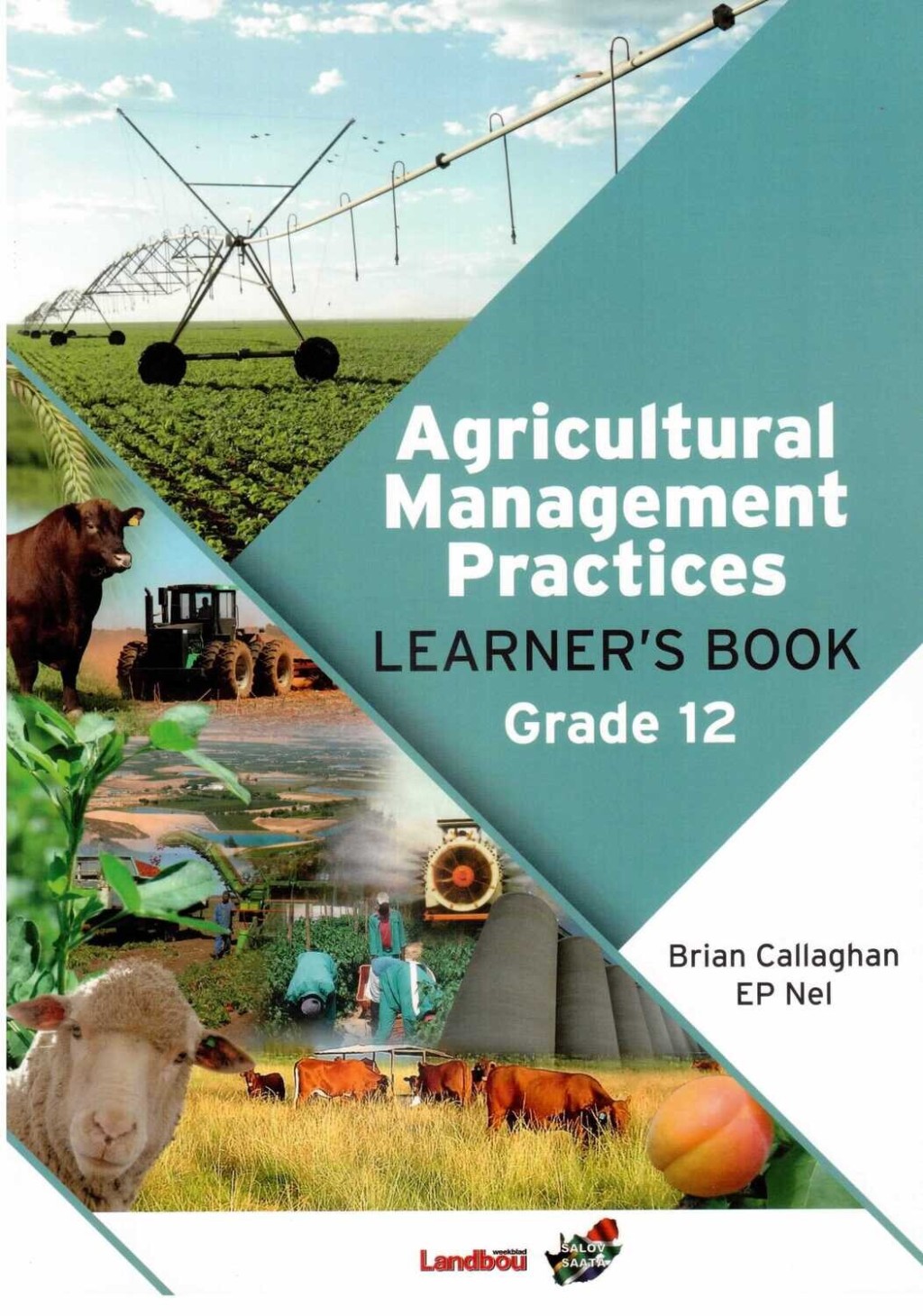Conservation Practices on the Farm: Preserving Nature and Nurturing Growth
Living on a farm is a beautiful experience that allows us to connect with nature and embrace a sustainable way of life. As stewards of the land, it is our responsibility to implement conservation practices that not only preserve the environment but also contribute to the long-term health and productivity of our farms.
One essential conservation practice on the farm is soil management. Healthy soil plays a crucial role in plant growth, water filtration, and carbon sequestration. To maintain healthy soil, farmers can employ various techniques such as crop rotation, cover cropping, and minimal tillage. Crop rotation helps break pest cycles while improving soil fertility by alternating different crops in different seasons. Cover cropping involves planting specific plants during fallow periods to prevent erosion, increase organic matter content, and suppress weeds. Minimal tillage reduces soil disturbance and prevents erosion while promoting microbial activity within the soil.
Water conservation is another vital aspect of sustainable farming practices. Efficient irrigation systems can significantly reduce water usage while ensuring crops receive adequate moisture for optimal growth. Drip irrigation or precision sprinklers deliver water directly to plant roots, minimizing evaporation losses compared to traditional overhead sprinklers. Additionally, collecting rainwater through rain barrels or constructing ponds facilitates water storage for future use during dry spells.
Preserving biodiversity is key for maintaining a balanced ecosystem on your farm. Encouraging wildlife habitats by creating hedgerows or leaving patches of native vegetation can provide food sources and shelter for beneficial insects, birds, bees, and other pollinators necessary for crop production. These pollinators aid in fertilization which leads to higher yields; they also help control pests naturally without relying heavily on chemical pesticides.
To further conserve energy resources on your farmstead consider incorporating renewable energy sources like solar panels or wind turbines into your infrastructure plan whenever possible. Renewable energy not only helps lower utility costs but also reduces greenhouse gas emissions associated with traditional energy sources.
In addition to these practices, livestock management can also contribute to conservation efforts. Proper waste management systems, such as anaerobic digesters or composting facilities, can convert animal manure into valuable organic fertilizers while reducing odors and preventing water contamination. Implementing rotational grazing methods allows pastures time to recover and prevents overgrazing, promoting healthier grasses and reducing erosion risks.
Conservation practices on the farm not only benefit the environment but also enhance overall productivity and profitability in the long run. By adopting sustainable farming techniques, farmers can reduce input costs associated with synthetic fertilizers and pesticides while improving soil health and crop resilience. Consumers are increasingly seeking food produced using environmentally friendly methods, providing an opportunity for farmers who prioritize conservation to market their products as sustainably grown.
As rural dwellers passionate about homesteading, let’s embrace these conservation practices on our farms. Together we can play a significant role in preserving nature’s beauty for future generations while ensuring a prosperous future for ourselves and our communities.


Leave a comment